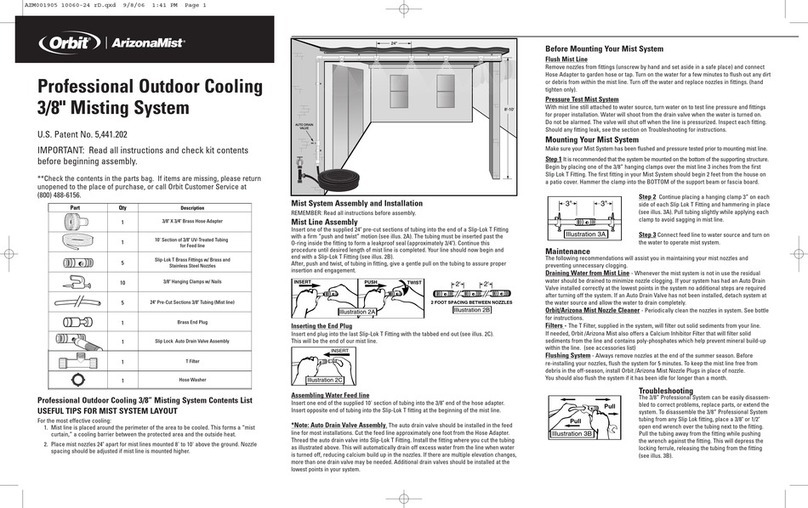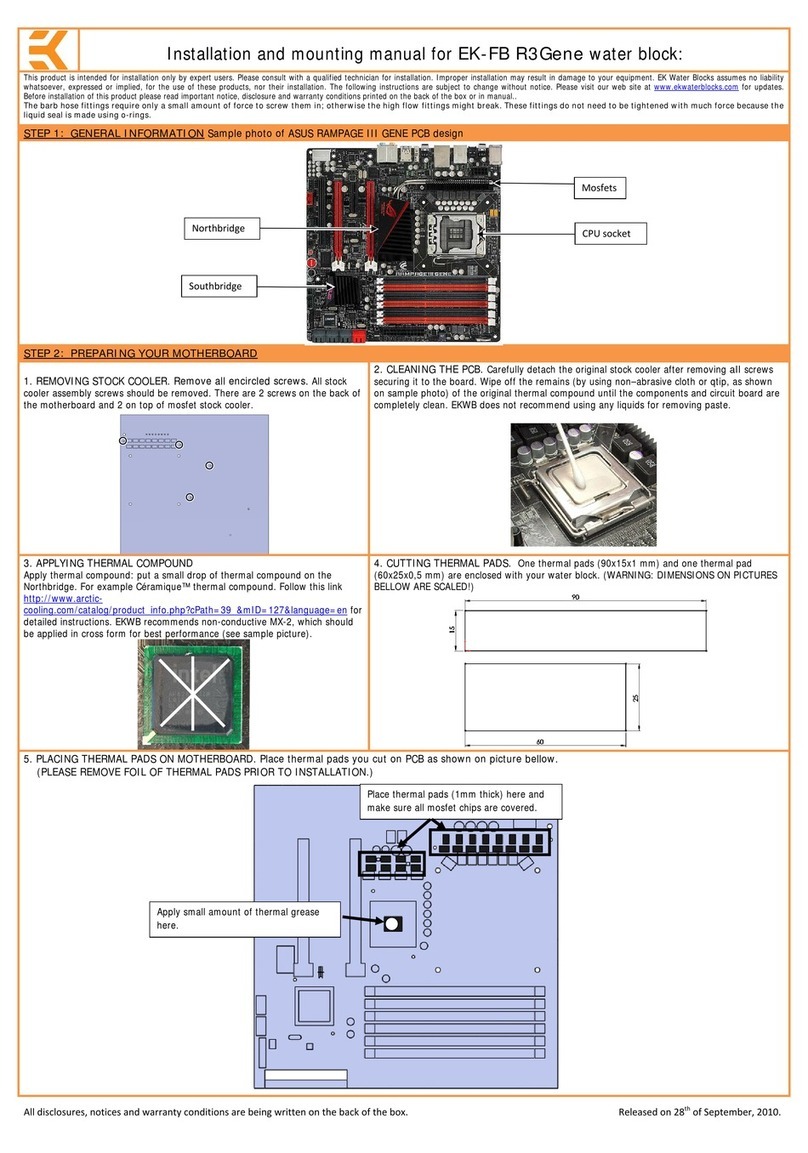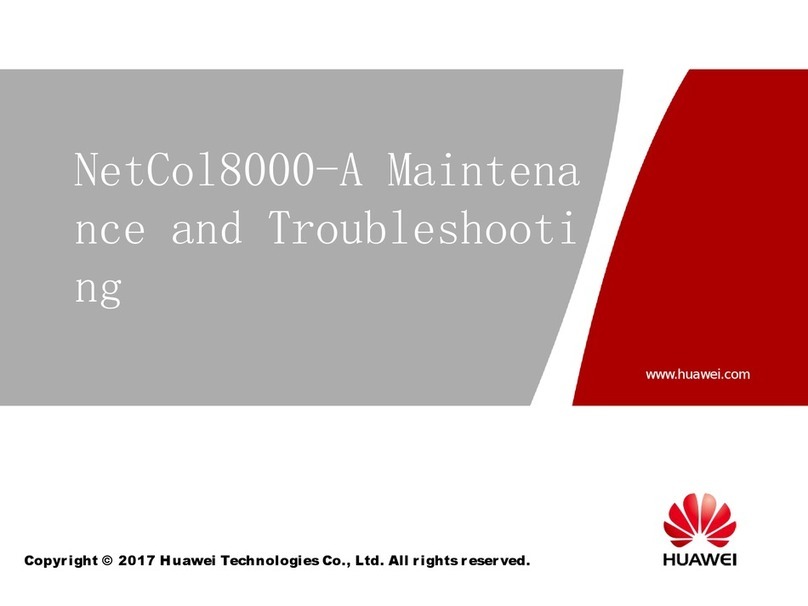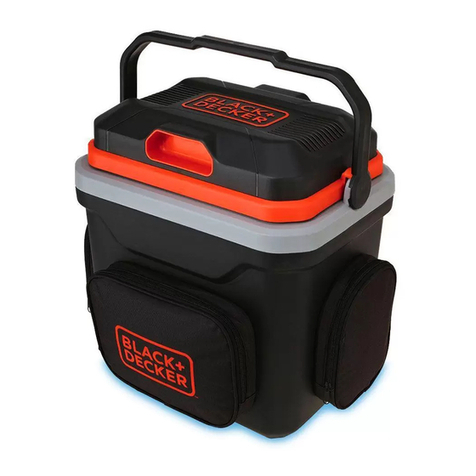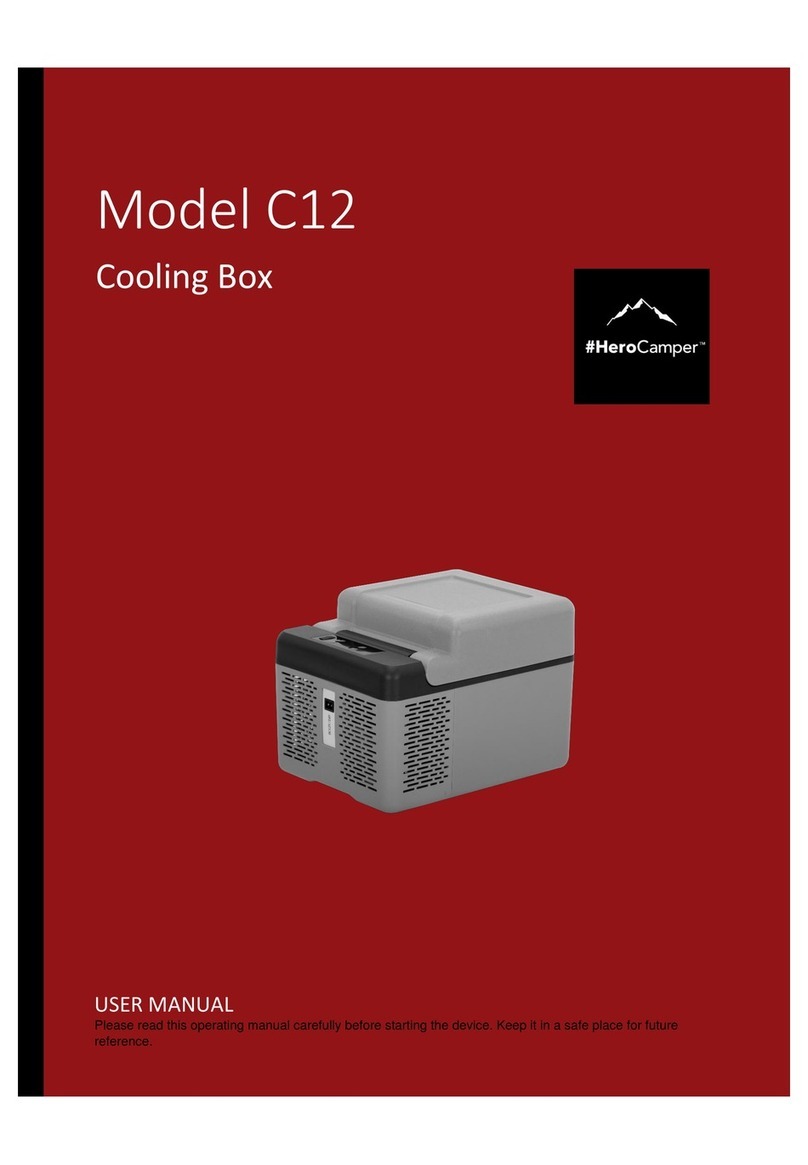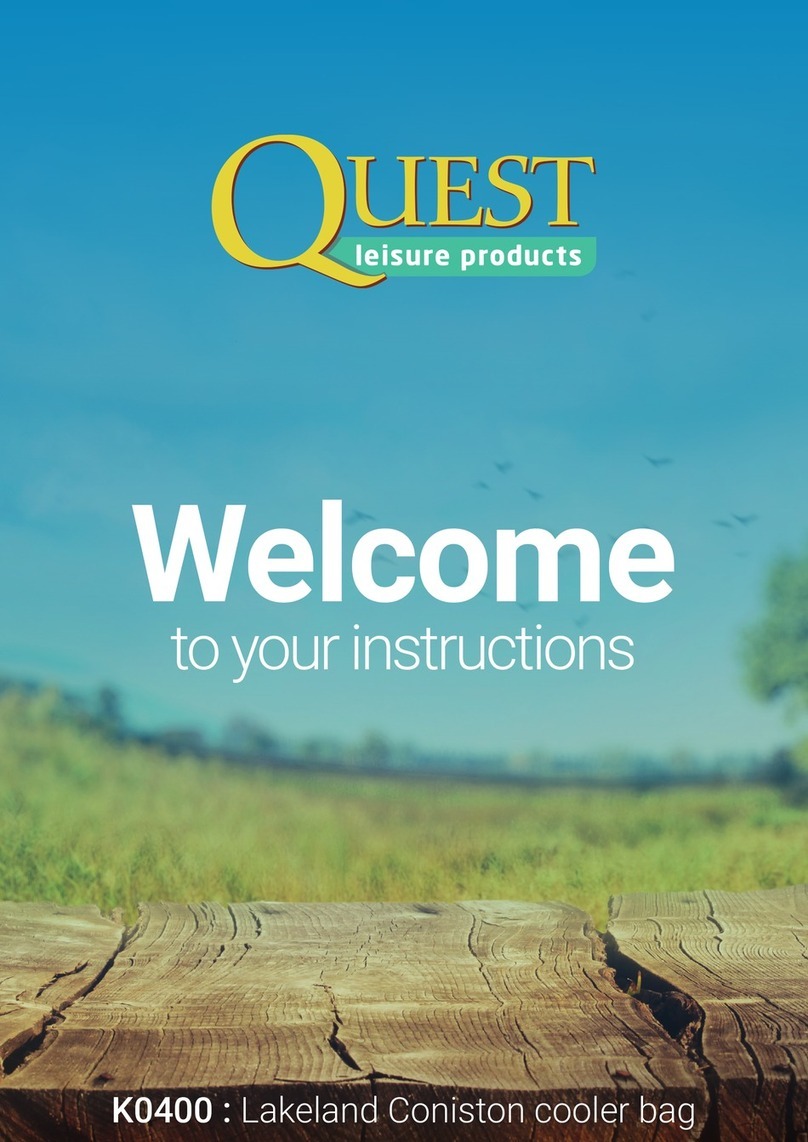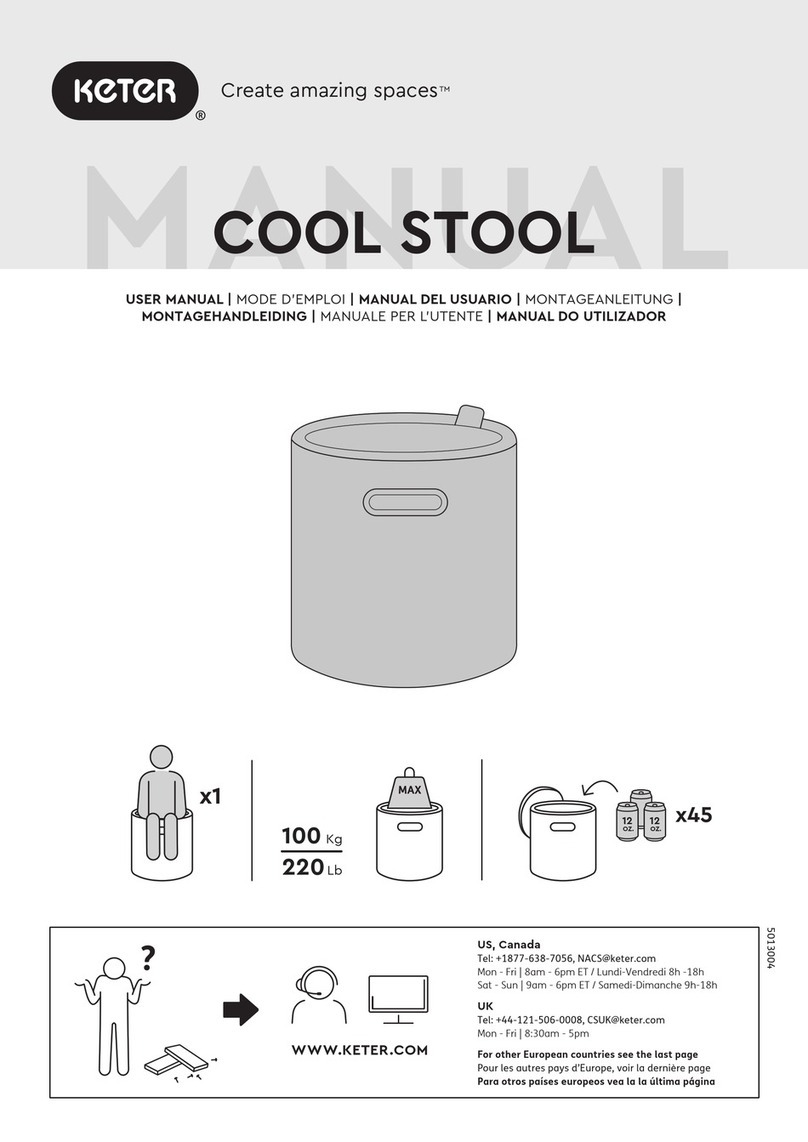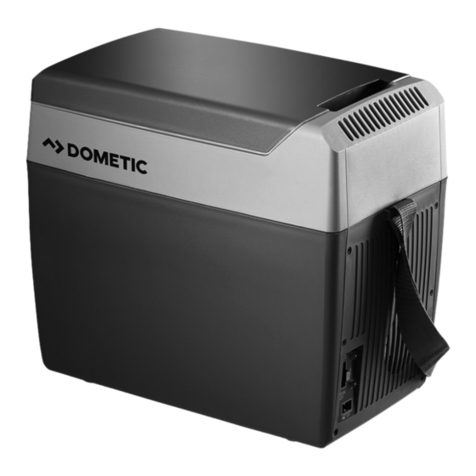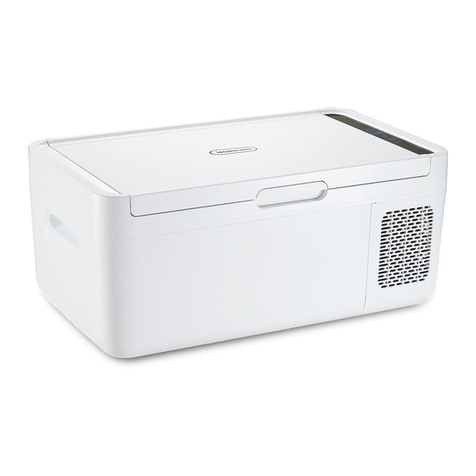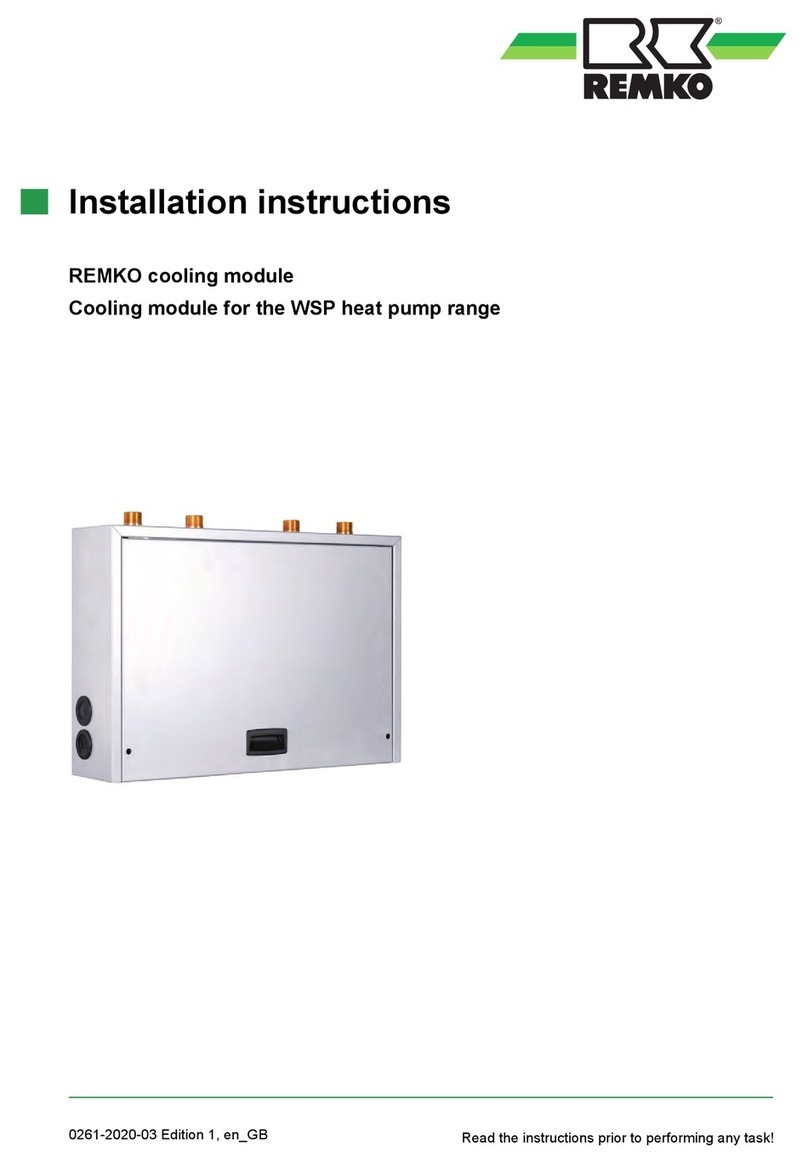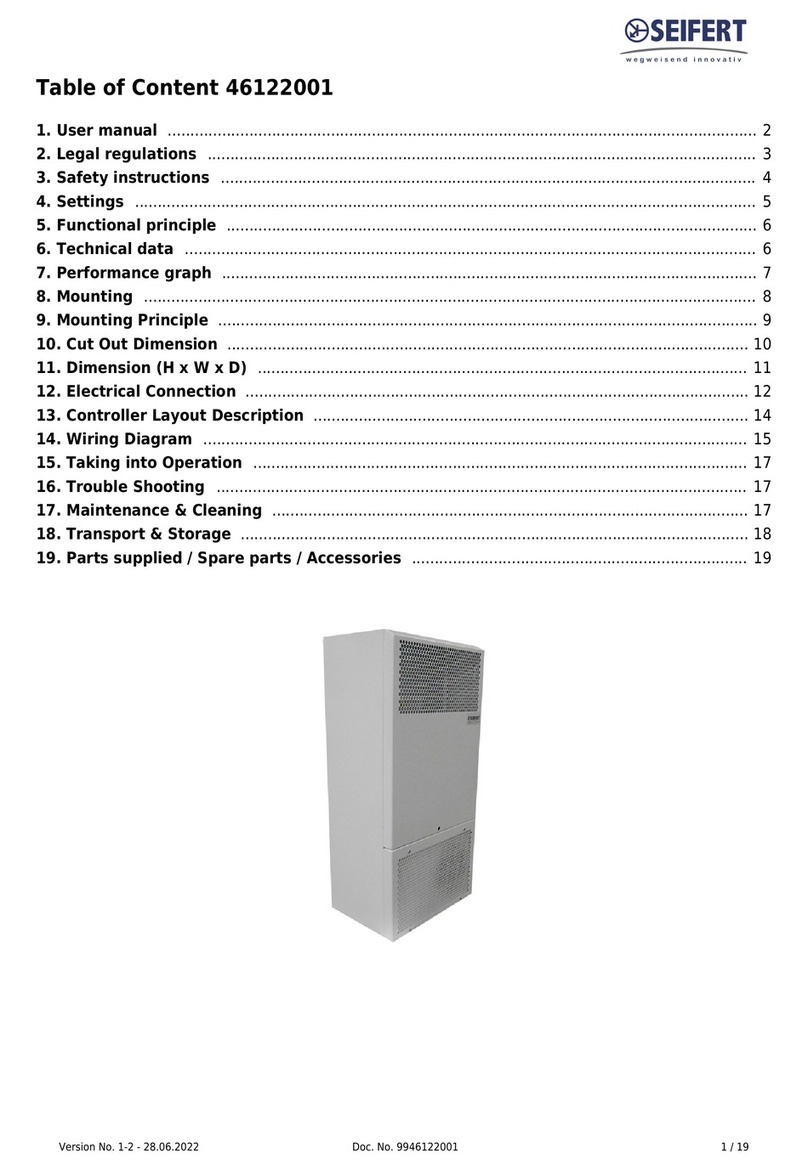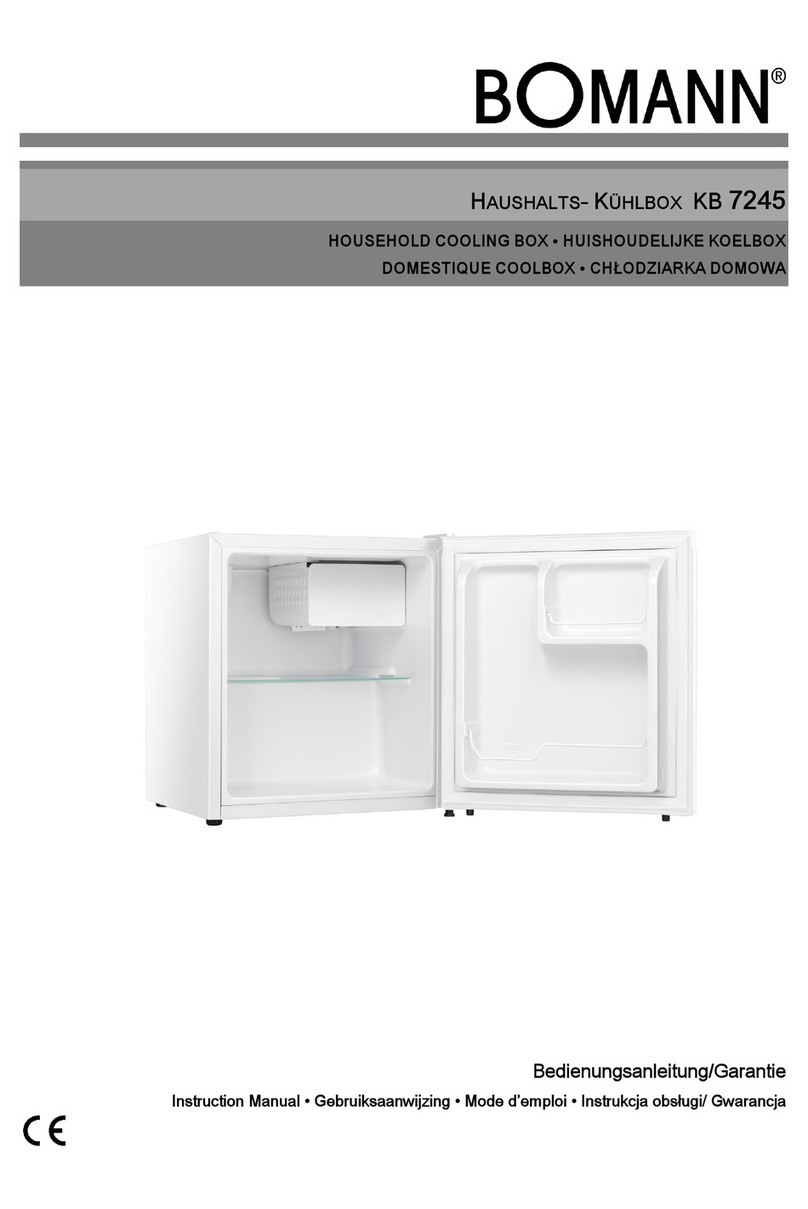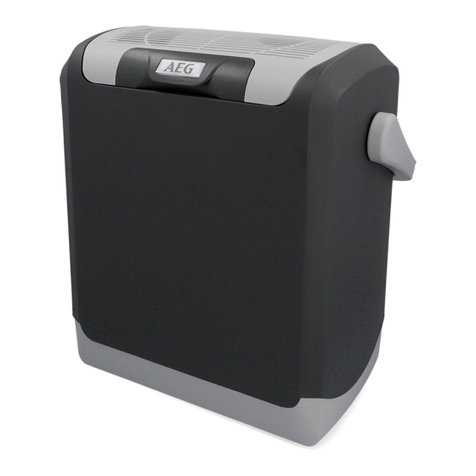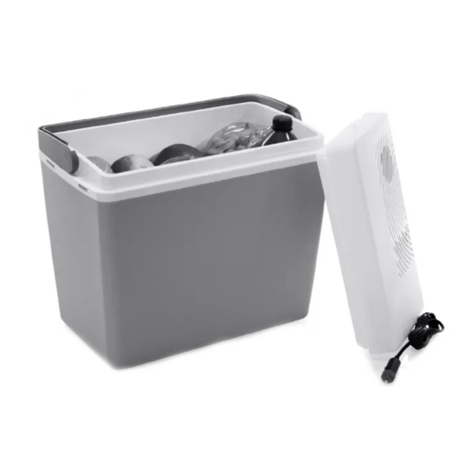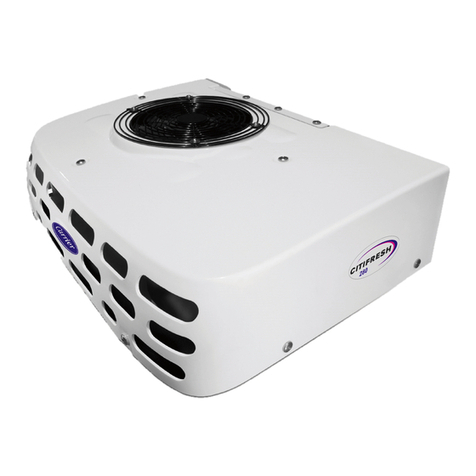
506941-01 Page 9 of 16Issue 1148
x3600 x
=Cubic Feet Per RevoluƟonBTU/HR
INPUT # Seconds Per RevoluƟon
HeaƟng
Value
To check this pressure:
1. Turn off gas valve.
2. Removeplugonvalvemarked“OUTLETPRESSURE.”
3. Install a water manometer.
4. Turn on gas valve and initiate a call for heat. If manifold
pressure must be adjusted, remove cap from pressure
regulator and turn adjustment screw clockwise to
increase pressure or counterclockwise to reduce
pressure.
5. Aftercheckingpressure,turngasoff,removemanometer
fitting, and replace pipe plug and regulator cap.
6. Put furnace in operation and check plug for leaks using
soapy solution.
Burner and Burner Orifice Instructions
To check or change burners or burner orifices:
1. Close the main manual gas shutoff valve and turn
off all power to unit.
2. Remove the burner access panel.
3. Disconnect the union in the gas supply line upstream
of the gas valve and downstream of the manual shutoff
valve.
4. Label wires going to the gas valve, then disconnect the
wires.
5. To change orifices:
a. Remove 4 screws that fasten the manifold to the
burner box assembly and remove the manifold.
b. Remove the orifices, then install replacement
orifices.
c. To reassemble: Reverse above steps, making
sure orifices are inserted into the orifice holders on the
back end of the burners, and that burners are level and
centered on each burner opening in the vest panel.
6. To remove or service burners:
a. Label and disconnect the wires to the rollout switch
and disconnect the igniter and flame sensor leads at
the ignition control.
b. Remove the 4 screws that secure the burner box
assembly to the vest panel and remove the assembly
from the unit.
c. Remove the 6 screws that fasten the burner rack
andbottomshieldassembly to the burner box. Burners
are now accessible for removal.
d. To Reassemble: Reverse above steps.
Example: The heating value of the gas is 1053 BTU/cubic
foot. By actual measurement, it takes 38 seconds for the
hand on the 1-cubic foot dial to make a revolution with a
100,000 BTU/HR furnace running. The result is 99,750
BTU/HR, which is close to the 100,000 BTU/HR rating of
the furnace.
Manifold Gas Pressure Adjustment Regulator –
LPG/Propane Gas
LPG/propane units require a regulator, and a regulator on
the LPG/propane tank is also required.
For purpose of input adjustment, the minimum
permissible gas supplypressure (inlet sideof gas valve)
is 11” w.c. for LPG/propane.
If at any time ignition is slow and burner does not seem to
be operating correctly, check manifold pressure (outlet side
of the gas valve). It should be 10” to 10.5” w.c. pressure
for LPG/propane.
The furnace is designed to obtain rated input at 10” w.c.
manifold pressure for propane.
Manifold Gas PressureAdjustment Regulator – Natural
Gas
For purpose of input adjustment, the minimum permissible
gas supply pressure is 5” w.c. for natural gas.
Gas input must never exceed the input capacity shown on
the rating plate. The furnace is equipped for natural gas
rated inputs with manifold pressure of 3.5” w.c.
The manifold pressure can be measured by shutting off
the gas, removing the pipe plug in the downstream side
of the gas valve, and connecting a water manometer
or gauge. Under no circumstances should the final
manifold pressure vary more than 0.3” w.c. from the
above specified pressures. To adjust the regulator, turn
the adjusting screw on the regulator clockwise to increase
pressure and input or counterclockwise to decrease
pressure and input. See Figure 9 to assist in locating the
regulator on the gas valve.
Check the furnace rate by observing the gas meter, making
sure all other gas appliances are turned off. The test hand
on the meter should be timed for at least one revolution,
noting the number of seconds per revolution. The heating
value of the gas can be obtained from the local utility.

